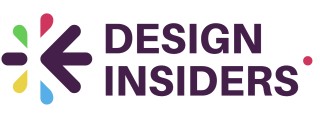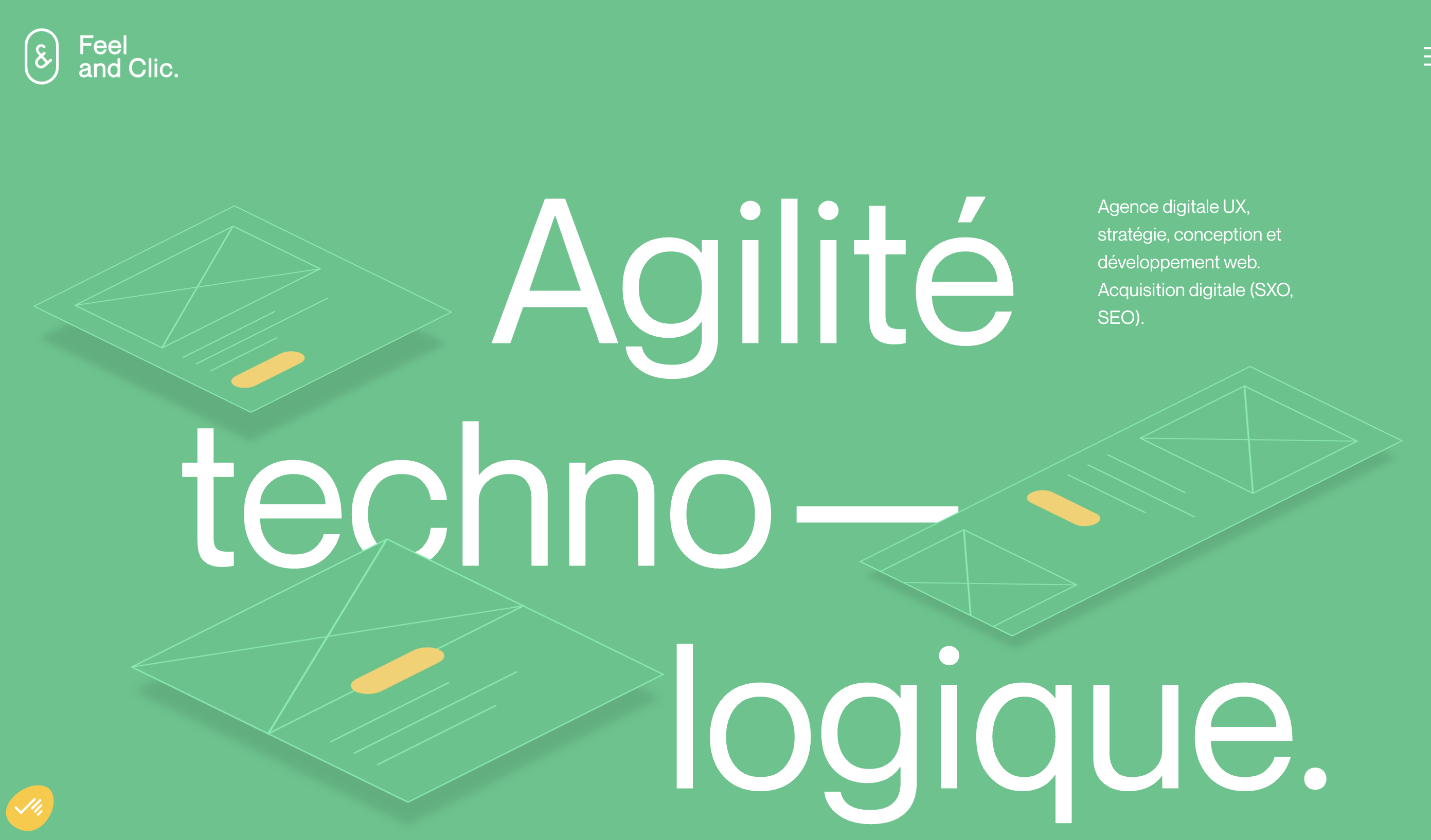Understanding Feature Toggles
Decoding the Multifaceted Feature Toggles
The essence of feature toggles lies in their ability to empower teams in the development process with unparalleled control over software features. Feature toggles, also known as feature flags, facilitate feature management by allowing users to turn features on or off through code or toggle configuration. This dynamic enables a more fluid approach to feature release and development.
At its core, feature toggle software acts as a software development enabler. It provides continuous delivery by ensuring that new features can be tested in production environments without disrupting the user experience. Whether it’s testing a new user interface component or controlling an experimental feature, teams can iterate quickly, making data-driven decisions along the way.
This innovative use of toggles introduces several benefits, such as enhancing customer experience through tailored software interactions. It allows for a form of experimentation that was previously cumbersome in traditional development cycles. By integrating source code directly with production systems, teams can conduct canary releases or specific experiment toggles aimed at collecting actionable insights.
Ultimately, the adoption of feature toggles in the design and management of software not only fosters a proactive stance on feature deployment but heralds a new era of agility within the development process. As we delve deeper into their benefits and implementation strategies, it's crucial to appreciate the transformative potential they hold.
Benefits of Using Feature Toggles in Design
Advantages of Integrating Feature Toggles in the Design Process
Using feature toggles in design provides multiple advantages, significantly enhancing the software development process. By segregating the deployment of new features from the code’s activation, feature toggles provide teams with a powerful tool to enhance agility and reduce risks.
- Incremental Releases and Flexibility: With feature toggles, developers can release software features incrementally. This not only allows for more manageable deployment sizes but also enables teams to assess features in a production-like environment before they are fully activated. Utilizing feature flags facilitates continuous delivery by enabling teams to control the release process more effectively.
- Enhanced Testing Opportunities: By implementing toggles, testing can occur in various configurations without the need to revert code changes. This makes it ideal for A/B testing scenarios, where separate user groups can experience different versions of a feature. It allows designers and developers to experiment toggles extensively, ensuring that only the most effective versions reach the wider audience.
- Streamlined Feature Management: Feature toggle management simplifies the process of enabling or disabling features without deploying new code. It transforms the feature management process into a simple configuration change, vastly expediting deployment timelines and minimizing disruptions to the development process.
- Improved Risk Management: Rolling out new features can pose risks, including potential instabilities or user dissatisfaction. Feature toggles provide a precautionary mechanism, allowing teams to quickly roll back changes if unexpected issues arise.
- Facilitated Collaboration and Feedback: When new features are hidden behind toggles, user feedback can be collected from a targeted group, such as internal beta testers, that enables iterative design improvements based on real user insights and usage patterns. In situations where added sophistication is necessary, configuration management systems can aid in the toggle router capabilities, steering features to specific users as needed.
For those looking to maximize the impact of their designs, understanding the benefits of feature toggles is crucial. This not only ensures better control over the user experience but also ties into effective strategies for enhancing user interaction, as discussed in
enhancing user experience with customer retention software.
Implementing Feature Toggles: Best Practices
Effective Strategies for Implementing Feature Toggles
Integrating feature toggles into your design process can significantly enhance flexibility and control over software development. Implementing them effectively requires an understanding of best practices that will optimize their use across the development cycle.
Firstly, establishing a clear configuration management process is crucial. This involves managing the toggle configuration in a way that allows you to control which features are enabled or disabled. Implementing a robust configuration management system ensures that you can manage and update toggles feature swiftly without risking disruption in production environments.
Adopting a well-defined toggle management strategy is equally important. This means agreeing on a lifecycle for your toggles, including when to introduce, maintain, and eventually retire them. Keeping your code clean and organized is critical, and this requires systematically removing deprecated toggles. A cluttered toggle system can lead to complexity and reduce the efficiency of your teams.
Integrating feature toggle tools that align with your existing development process also plays a key role. Selecting the right tools or platforms can automate much of the toggle management, ensuring seamless integration with your source code and continuous delivery pipeline. This reduces the manual workload on your developers and optimizes the speed of release and testing cycles.
It is essential to set up monitoring and alerting for feature toggles. These systems track the usage of toggles and notify the team of any issues in real time. By doing so, you maintain a transparent environment where teams are aware of the impact of toggles on the overall system performance.
A feature flag is a powerful tool when used for canary releases and experiment toggles. You can gradually roll out new features to a subset of users and gather feedback before a full-scale release. This approach reduces risk by allowing teams to test features in a live environment without exposing all users to potential issues.
For further insight into managing design projects with ease, you may consider choosing the right agency that can support your feature toggle initiatives.
Challenges and Considerations
Solving Complexities in the Feature Toggle Space
Implementing feature toggles within the development process is not without its hurdles. Despite their immense potential, these toggles introduce a set of unique challenges that need careful consideration to ensure a seamless integration.
One major challenge lies in managing the complexity of toggle configurations, especially when dealing with multiple toggles across various stages of the release and production environments. As the number of feature flags grows within a project, teams may find themselves grappling with a confusing web of code, leading to "toggle debt." This phenomenon occurs when toggles are not carefully tracked or retired after their usefulness, resulting in an overgrown toggle landscape that can complicate the software development process.
Furthermore, the risk of inconsistent user experiences can arise if toggles are not aligned across different user segments. It's vital for development teams to ensure that they define clear criteria for how features are toggled on or off and to establish robust feature management policies to address these discrepancies.
Testing toggled features presents another challenge, as each toggle state may need thorough examination. Experiment toggles and canary releases can aid in this phase by allowing for controlled testing environments. However, teams should prepare for the additional complexity that comes with testing in both production and controlled settings.
Additionally, while feature management can be a powerful method to release and test new features without impacting the entire user base, it requires rigorous continuous delivery practices. This ensures that toggles transition smoothly from development to production, mitigating potential risks to the user experience.
Finally, the source code should reflect disciplined feature flagging practices to prevent technical debt accumulation. Clear documentation and maintaining a toggle router can help teams keep track of active and obsolete toggles, enhancing overall code quality and performance.
In embracing feature toggles, design and development teams will encounter challenges, but with diligent management and strategic implementation, these obstacles can be transformed into stepping stones towards innovative design solutions.
Case Studies: Feature Toggles in Action
Real-world Illustrations of Feature Toggles
Exploring how feature toggles have been employed in real-world scenarios provides valuable insight into their practical application in design. The uses of feature toggles stretch from small-scale projects to large, intricate software systems, influencing aspects such as code management and user interaction.
One prevalent use case is in controlled user releases, often referred to as canary releases. In this scenario, teams can progressively roll out a new feature to a small subset of users before publicly releasing it. This approach enables immediate feedback on the feature's performance and user acceptance while minimizing potential disruptions in the production environment.
Feature flags have also proven beneficial in A/B testing configurations. By selectively turning features on or off for different user groups, teams can gather data on user preferences and behavior, which inform design decisions. This experimental use of toggles aids in refining user-centric designs and enhancing overall user satisfaction.
In the realm of software development, when features remain in development but are to be safely integrated into the existing codebase, toggles come in handy. They allow new features to reside in the source code without impacting the active system operations until they are finalized and ready for deployment. This aspect of feature management streamlines the development process and mitigates risks associated with merging code changes.
As these examples illustrate, the strategic implementation of feature toggles empowers design and development teams to handle features with a level of precision and control unparalleled by other techniques. The application of feature toggles is multifaceted, opening doors to innovative developmental and user experience strategies.
Future of Feature Toggles in Design
Envisioning the Evolution of Feature Toggles in Design
The future of feature toggles in design is not just bright but transformative. With the increasing complexity of software development and the demand for continuous delivery, feature toggles will continue to evolve in functionality and application. Their role in simplifying feature management cannot be overstated, as they allow development teams to turn features on or off without deploying new code, streamlining the development process significantly.
Feature toggles will likely see enhanced integration with automated testing frameworks, making them a vital tool for ensuring software quality before features reach the users. This could involve more robust toggle configurations where toggles feature densely integrated into the code feature lifecycle, minimizing the potential for production issues.
Moreover, the adoption of experiment toggles will encourage teams to conduct seamless user experience testing. This approach allows teams to act upon user data efficiently, influencing feature development in real-time. Combining feature flags with canary releases will enhance how teams deploy features incrementally and control impact, safeguarding against wide-scale disruptions.
In the realm of open-source development and beyond, teams are expected to create or adopt sophisticated feature flag management tools, catering to a more dynamic toggle router system. This evolution is set to assist teams in managing increasingly complex applications while maintaining simplicity in source code configuration.
As feature flagging gains traction, the demand for refined feature management practices will rise. This shift will require an expansion in industry-wide conversations about best practices and innovative strategies to leverage toggles effectively, ensuring that feature toggles remain a cornerstone of modern software development strategies for years to come.














